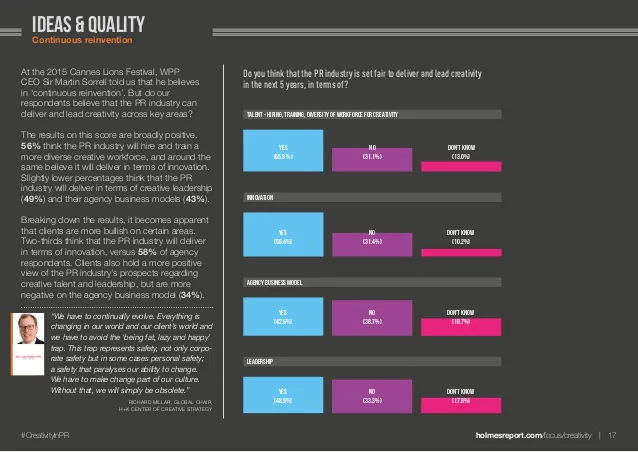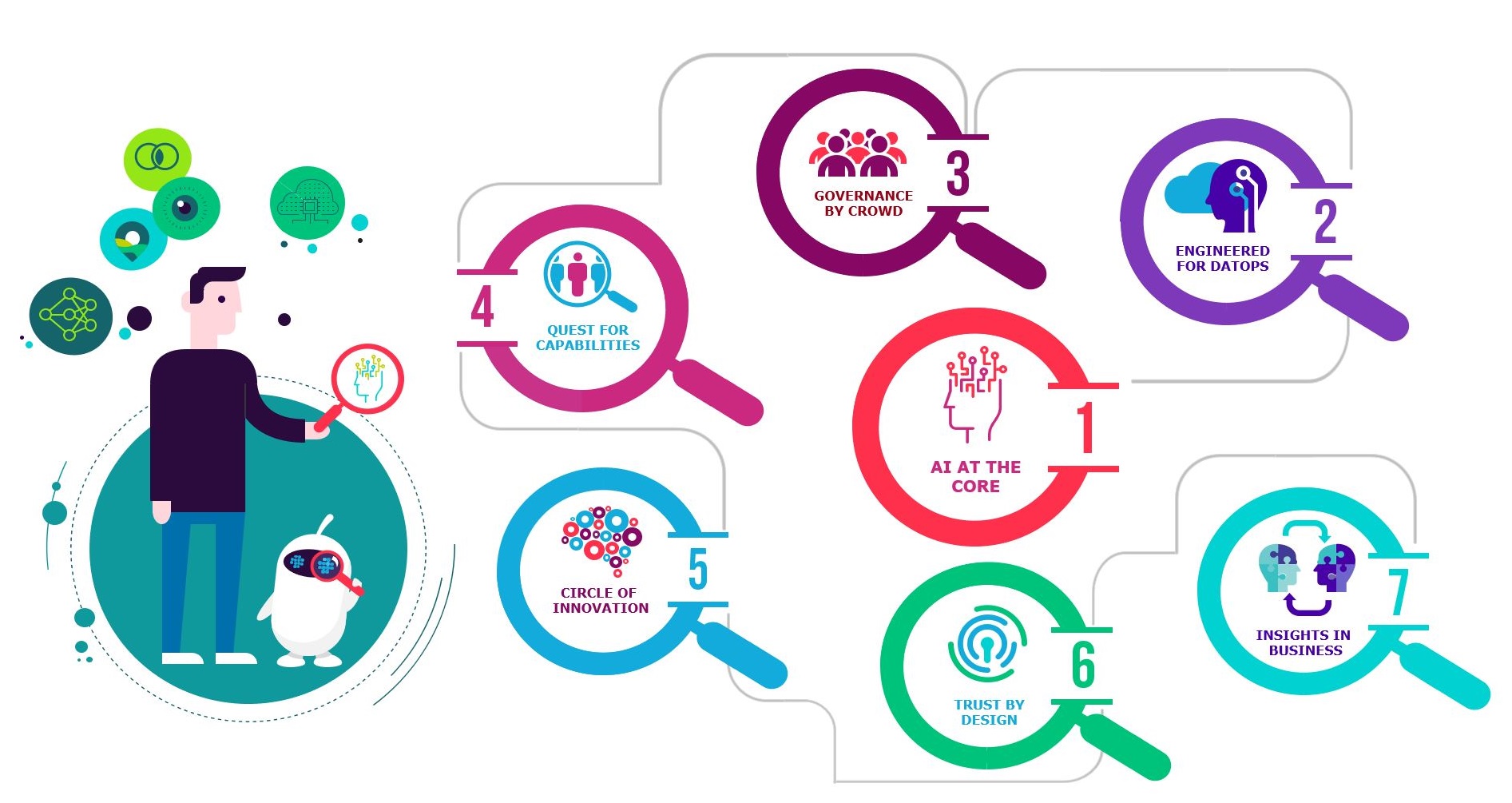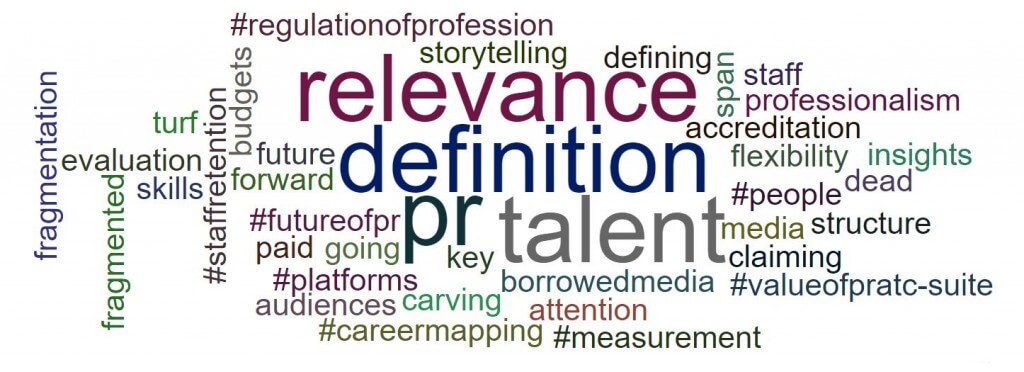Insights into Tomorrow’s Marketing Organizations: The Interplay of Brands and Agencies
As the marketing discipline becomes more fragmented, marketing agencies and internal departments need to take a collaborative approach to achieve success and longevity. Specialists will have a key role working with marketing teams to provide strategic communications counsel for brands who truly understand what they’re all about and who their audiences are, as discussed by three key communications leaders at our recent Sydney meetup.
‘The Marketing Organisation of the Future’ was the hot topic for our senior panel, who addressed the questions: What is changing and is not changing in marketing? What are the characteristics and capabilities of marketing organizations of the future? What can we be doing now to become the successful marketing organization of tomorrow?
Below are the key insights shared by each panellist on shaping the marketing department and agency of the future.
Pru Quinlan, CEO, Einsteinz Communications
- We will see a more collaborative approach with many agencies coming together.
- Agencies need to think about how they interact with marketers and employees.
- The agency of the future will have to be more agile than it is now – navigate 1-to-1 marketing and make quick decisions based on technology and consumer behavior.
- It’s challenging for brands to invest in long form content … the need is for ‘snackable’ content to be distributed in the right way to reach target audiences.
- Brands should own the content, not the agency.
- Agencies need to show and lead by example when it comes to budgets and the value of what we do.
- Brands need to control themselves but also need to reflect on the workforce of today, including freelancers and contractors; there are many talented individuals who don’t fit in a particular hole but have a role to play within a company, or for a brand.
- There will be more roles for individuals, on their own or as collectives, to work with brands, work magic, then maybe even leave.
- Advice: focus on what audiences really want and what your brand means for them … And brands have to open minds to new approaches and play differently to speak to our market.
Ben Shipley, Managing Director, Spectrum Group
- The market has been product-centric, not audience-centric, but we will move back to being people-centric.
- Greater focus on useful and quality content designed for niche audiences, but also need to also understand how the content will reach them.
- Need to aggregate audiences and keep people engaged.
- Agencies have a role in giving brands an objective viewpoint.
- Whitepapers are no longer effective and could work better as a series of shorter pieces of content.
- Building owned homes for content has an important impact on search. There is a split in media: live event content (news) versus distributed evergreen content (broadsheet).
- Key piece of advice is to be a singular brand – know what you are and why – and consider the different messaging required for different audience segments.
Tony Faure, Chairman, Junkee Media, Stackla, Pollenizer
- Key piece of advice is to use data to fully understand your customer and be very clear about your point of difference.
- Brand is going to be even more massive and go back to ‘difficult marketing’.
- Aggregation of services will be done by technology.
- We are heading into an era of specialists, not generalists.
- We will see companies and brands taking back ownership of marketing, which has largely been ceded to agencies.
- Journalists are not always capable of realizing not everything they write is interesting, so they may not be the best people to produce content.
- Long-form content can be more difficult to execute … a one-minute video for Facebook is cheaper, measured instantly, and easier to do.
- Key elements to consider are: Who is the customer? Why is my brand different from everyone else’s?
- The customer and brand piece needs to be owned by the brand.
- Less of a believer in big aggregated agencies.
- The creative agency has more relevance now.
- There is an increase in big brands wanting specialists.
- It’s about identifying niche communities within your brand community and understanding the nuances of how to best engage with them.
- Australian agency versus global marketing agency: main issues are scale; regional Australian clients are less likely to take risks because they’re the brand channel for our market.
Please let us know your thoughts on any of the points raised, or if you have comments to add to the discussion on the marketing organization of the future.
Join our Future of PR – Sydney Meetup Group here and find out when our next meetup will be held.







